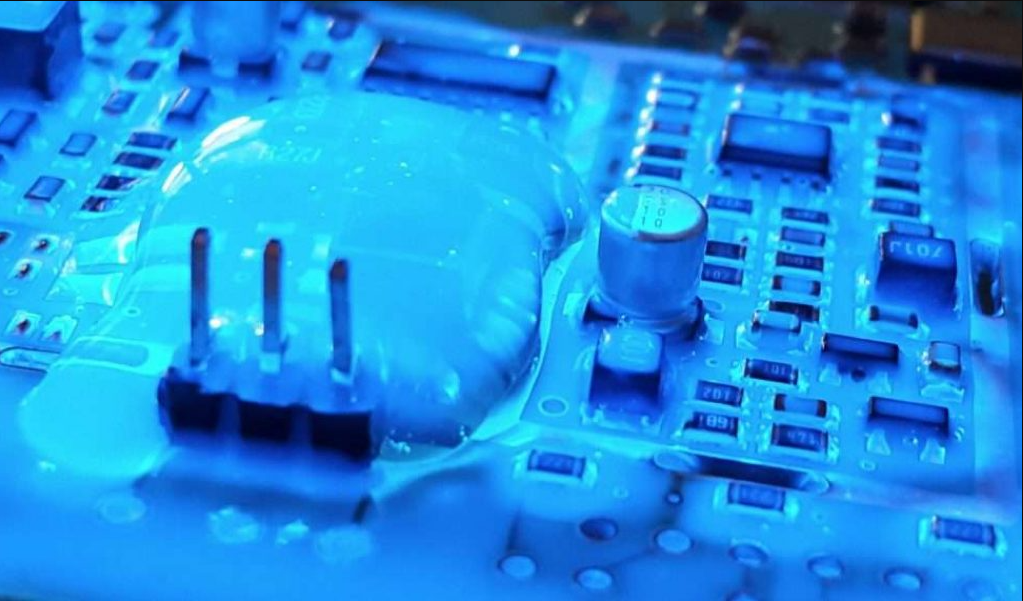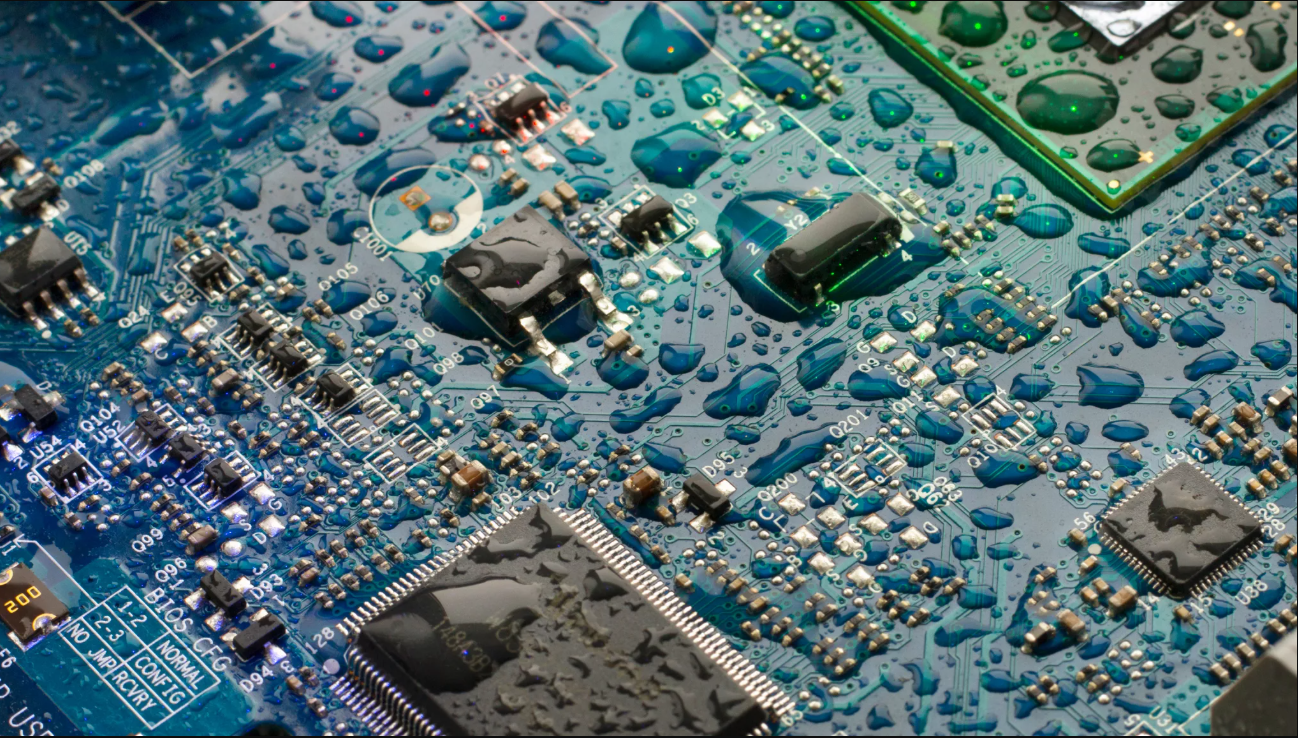In the world of electronics, ensuring the durability and performance of printed circuit boards (PCBs) is crucial, especially in demanding applications. Advanced PCB component mounting techniques for high reliability are essential to protect circuits from harsh environments, vibrations, and other stressors. Whether you're designing for industrial, automotive, or aerospace systems, using the right methods can make all the difference. In this blog, we dive deep into proven strategies like conformal coating for PCB protection, potting compounds for PCB components, vibration damping techniques for PCBs, and ensuring component adhesion on PCBs. Let's explore how these techniques can elevate your designs for maximum reliability in harsh environments.
Why High Reliability Matters in PCB Component Mounting
High reliability in PCB design isn't just a luxury—it's a necessity for many industries. Electronics used in harsh environments, such as extreme temperatures, high humidity, or constant vibration, face unique challenges. A single failure can lead to costly downtime or safety risks. For example, in automotive systems, a PCB failure could affect critical functions like braking or engine control. In aerospace, reliability is non-negotiable due to the extreme conditions of altitude and temperature fluctuations.
Advanced mounting techniques address these issues by securing components firmly, protecting them from environmental factors, and ensuring long-term performance. By focusing on PCB component mounting for harsh environments, you can build systems that withstand the toughest conditions. Let’s break down the key techniques that contribute to this reliability.
Key Challenges in PCB Component Mounting for Harsh Environments
Before diving into solutions, it's important to understand the challenges that PCBs face in tough conditions. Harsh environments often expose electronics to:
- Moisture and Corrosion: Water or humidity can cause short circuits or corrode metal parts.
- Extreme Temperatures: Heat or cold can affect component performance or cause thermal expansion, leading to cracks or failures.
- Vibration and Shock: Constant movement or sudden impacts, common in automotive or industrial settings, can loosen components or break connections.
- Dust and Contaminants: Particles can interfere with electrical connections or cause overheating.
Addressing these challenges requires a combination of advanced mounting methods and protective measures. Let’s look at the most effective techniques to ensure reliability under these conditions.
Technique 1: Conformal Coating for PCB Protection
One of the most widely used methods for protecting PCBs in harsh environments is conformal coating. This technique involves applying a thin, protective layer of polymer material over the PCB and its components. Conformal coating for PCB protection acts as a barrier against moisture, dust, chemicals, and temperature extremes, significantly enhancing reliability.
Common types of conformal coatings include acrylic, silicone, polyurethane, and epoxy. Each has unique properties suited for different environments. For instance, silicone coatings are ideal for high-temperature applications due to their flexibility and thermal resistance, withstanding temperatures up to 200°C. Acrylic coatings, on the other hand, offer excellent moisture resistance and are easier to apply, making them a cost-effective choice for many projects.
The application process typically involves brushing, spraying, or dipping the PCB into the coating material. A uniform layer, usually 25-75 micrometers thick, ensures full coverage without interfering with component functionality. This method not only protects against environmental factors but also boosts dielectric strength, reducing the risk of electrical shorts.

Technique 2: Potting Compounds for PCB Components
For even greater protection, especially in extremely harsh conditions, potting compounds for PCB components are an excellent choice. Potting involves encasing the entire PCB or specific components in a solid or gel-like material, such as epoxy or silicone. This creates a robust shield that guards against moisture, vibration, shock, and thermal stress.
Unlike conformal coating, which is a thin layer, potting fully encapsulates the board, making it ideal for applications like underwater electronics or heavy machinery. Epoxy potting compounds, for example, provide exceptional mechanical strength and can protect against impacts with a tensile strength of up to 10,000 psi. Silicone-based potting materials, on the other hand, remain flexible and are better suited for applications with thermal expansion, handling temperature ranges from -50°C to 200°C.
While potting offers superior protection, it does add weight and can make repairs difficult since the material is hard to remove. Therefore, it’s best used in designs where long-term reliability outweighs the need for easy maintenance. This technique is a game-changer for PCB component mounting for harsh environments, ensuring components stay secure and functional no matter the conditions.

Technique 3: Vibration Damping Techniques for PCBs
Vibration is a major enemy of PCB reliability, especially in automotive, aerospace, and industrial applications. Constant movement or sudden shocks can loosen components, crack solder joints, or even cause board failure. Vibration damping techniques for PCBs are critical to prevent these issues and maintain high reliability.
One effective method is using damping materials, such as rubber or silicone pads, placed between the PCB and its mounting surface. These materials absorb vibrations, reducing stress on components. For example, silicone damping pads can reduce vibration amplitude by up to 80%, significantly lowering the risk of mechanical failure.
Another approach is strategic PCB mounting. Using standoffs or screws with shock-absorbing washers can isolate the board from direct vibrations. Additionally, designing the PCB layout to place heavier components closer to mounting points minimizes movement. In high-vibration environments, like heavy machinery operating at frequencies of 10-100 Hz, combining these techniques can extend the lifespan of the PCB by years.
Technique 4: Ensuring Component Adhesion on PCBs
Strong component adhesion is the foundation of a reliable PCB, especially under harsh conditions. Ensuring component adhesion on PCBs prevents parts from detaching due to vibration, thermal expansion, or mechanical stress. Poor adhesion can lead to intermittent connections or complete failure, so using the right techniques is vital.
Start with proper soldering practices. Using high-quality solder with a melting point suited to the operating temperature (typically 180-220°C for lead-free solder) ensures strong bonds. Additionally, applying solder paste evenly and using reflow ovens for consistent heating can improve adhesion by up to 30% compared to manual soldering.
For surface-mount components, consider using adhesives before soldering. Epoxy-based adhesives can provide extra mechanical support, especially for larger components like capacitors or connectors. These adhesives cure at temperatures as low as 80°C, making them compatible with most PCB assembly processes. In environments with high thermal cycling, adhesives help maintain stability by reducing stress on solder joints.
Finally, inspect adhesion during quality control. Techniques like X-ray inspection can reveal hidden voids or weak bonds in solder joints, ensuring reliability before deployment. By focusing on adhesion, you can build PCBs that stand up to the toughest conditions.
Combining Techniques for Maximum Reliability
While each of these techniques—conformal coating, potting, vibration damping, and strong adhesion—offers significant benefits on its own, combining them can provide unparalleled reliability. For example, in an automotive application exposed to moisture, vibration, and temperature swings, you might apply a conformal coating for environmental protection, use potting for critical components, incorporate damping materials for vibration control, and ensure robust adhesion during assembly.
The key is to tailor your approach to the specific challenges of your application. A PCB in a marine environment might prioritize moisture resistance with heavy potting, while one in an industrial setting might focus on vibration damping. By understanding the environment and selecting the right combination of techniques, you can achieve high reliability even in the harshest conditions.
Best Practices for Implementing Advanced Mounting Techniques
To get the most out of these advanced PCB component mounting techniques, follow these best practices:
- Analyze the Environment: Before designing, study the conditions your PCB will face, including temperature ranges, humidity levels, and vibration frequencies.
- Choose Materials Wisely: Select coatings, potting compounds, and adhesives based on their performance characteristics, such as thermal resistance or flexibility.
- Test Thoroughly: Use environmental testing chambers to simulate harsh conditions and verify the effectiveness of your mounting techniques. For instance, thermal cycling tests between -40°C and 85°C can reveal potential weaknesses.
- Document Processes: Maintain detailed records of your assembly and protection methods to ensure consistency across production runs.
By following these steps, you can build PCBs that not only meet but exceed reliability expectations, even in the most challenging environments.
Conclusion: Building Reliable PCBs for the Future
Designing PCBs for high reliability in harsh environments is a complex but achievable goal with the right techniques. From conformal coating for PCB protection to potting compounds for PCB components, vibration damping techniques for PCBs, and ensuring component adhesion on PCBs, each method plays a vital role in safeguarding electronics. By understanding the challenges of your specific application and applying these advanced PCB component mounting techniques, you can create designs that perform flawlessly under pressure.
At ALLPCB, we’re committed to supporting engineers in building durable, high-performance electronics. Whether you’re tackling PCB component mounting for harsh environments or refining your assembly process, these strategies will help you achieve lasting reliability. Start implementing these techniques in your next project and see the difference they make in protecting your designs against the toughest conditions.
 ALLPCB
ALLPCB







